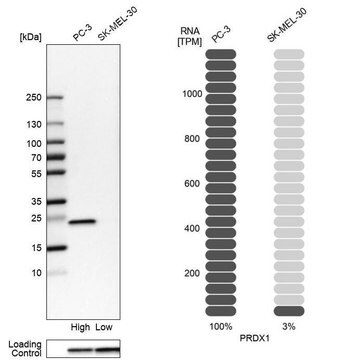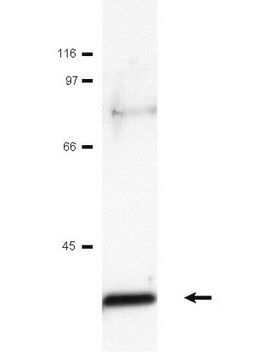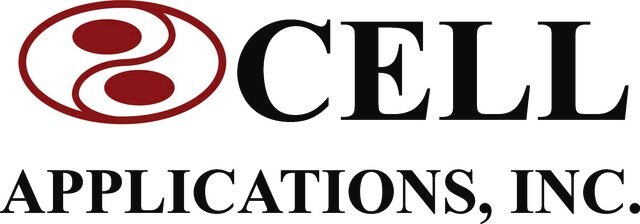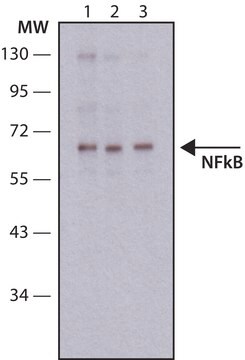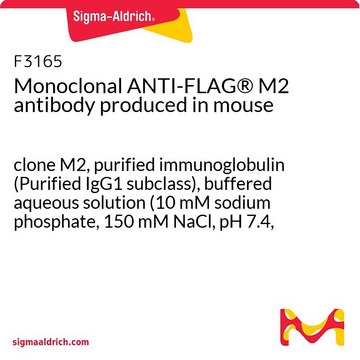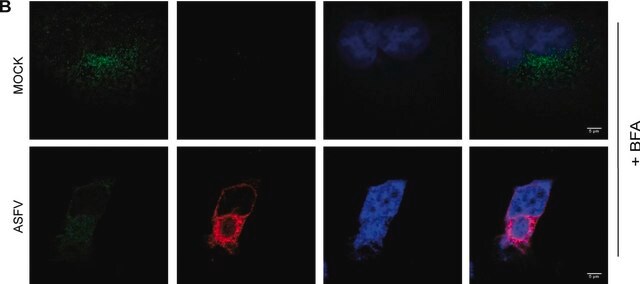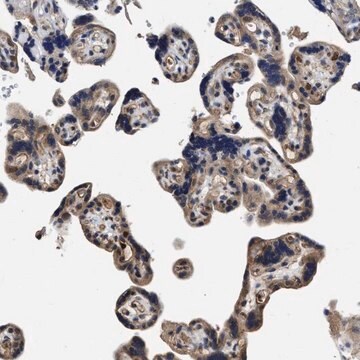A5968
Anti-AP-1 antibody produced in rabbit
affinity isolated antibody, buffered aqueous solution
Sinônimo(s):
Ap-1 Antibody, Ap1 Antibody, Ap1 Antibody - Anti-AP-1 antibody produced in rabbit, Anti-c-Jun
About This Item
Produtos recomendados
fonte biológica
rabbit
conjugado
unconjugated
forma do anticorpo
affinity isolated antibody
tipo de produto de anticorpo
primary antibodies
clone
polyclonal
Formulário
buffered aqueous solution
peso molecular
antigen 39 kDa
reatividade de espécies
human
técnica(s)
immunohistochemistry (formalin-fixed, paraffin-embedded sections): 1:200 using formalin-fixed, paraffin-embedded sections of human colon carcinoma
microarray: suitable
western blot: 1:200 using HeLa nuclear extract
nº de adesão UniProt
Condições de expedição
dry ice
temperatura de armazenamento
−20°C
modificação pós-traducional do alvo
unmodified
Informações sobre genes
human ... JUN(3725)
Descrição geral
Anti-AP-1/c-Jun recognizes an epitope located on the c-Jun DNA binding domain. This epitope is highly conserved in c-Jun, Jun B and Jun D proteins of chicken, mouse, rat, and human. By immunoblotting, the antibody reacts specifically with AP-1/c-Jun (a single band or occasionally a doublet at 39kDa region). Additional bands of lower molecular weight may be observed. Staining of AP-1/c-Jun band(s) is inhibited by the AP-1/c-Jun immunizing peptide (amino acid residues 246-263).
Imunogênio
Aplicação
- immunohistochemistry
- immunochemistry
- western blotting
Ações bioquímicas/fisiológicas
forma física
Exoneração de responsabilidade
Não está encontrando o produto certo?
Experimente o nosso Ferramenta de seleção de produtos.
recomendado
Código de classe de armazenamento
10 - Combustible liquids
Classe de risco de água (WGK)
WGK 3
Ponto de fulgor (°F)
Not applicable
Ponto de fulgor (°C)
Not applicable
Escolha uma das versões mais recentes:
Certificados de análise (COA)
Não está vendo a versão correta?
Se precisar de uma versão específica, você pode procurar um certificado específico pelo número do lote ou da remessa.
Já possui este produto?
Encontre a documentação dos produtos que você adquiriu recentemente na biblioteca de documentos.
Os clientes também visualizaram
Nossa equipe de cientistas tem experiência em todas as áreas de pesquisa, incluindo Life Sciences, ciência de materiais, síntese química, cromatografia, química analítica e muitas outras.
Entre em contato com a assistência técnica
